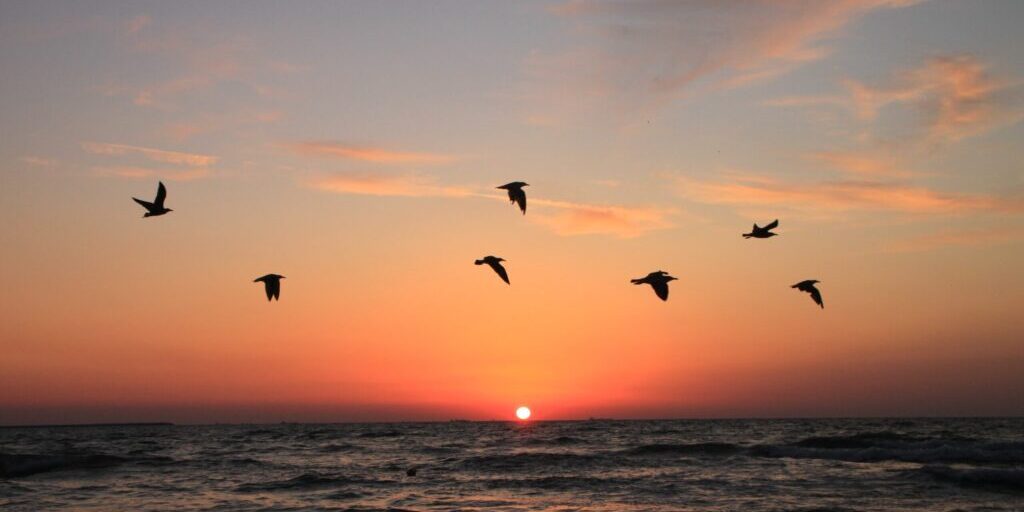For the first time in its more-than-forty-year history, the North Pacific Fishery Management Council (NPFMC) will incorporate Traditional Knowledge from local communities into its core management plans for the Bering Sea region.
Many believe local and Traditional Knowledge will help the council better manage the complex ecosystem and bring new light to regional issues — such as the changing climate.
KNOM’s JoJo Phillips reports:
The NPFMC has developed a new model, the Core Bering Sea Fisheries Ecosystem Plan, consisting of five strategic modules. Work has already begun on two of them: evaluating the impacts of climate change on fish species and beginning to use Traditional Knowledge in management of the region.
One of eight councils in the United States responsible for managing the nation’s coastal fisheries, the NPFMC was established when Congress passed the Magnuson-Stevens Fishery Conservation and Management Act in 1976.
According to NOAA spokesperson Julie Speegle, the National Marine Fishing Service and the Council “work together to get the most out of our fisheries for food and economic well-being.”
Julie Raymond-Yakoubian, the Social Science Program Director at Kawerak, says the results of this cooperation have extensive implications for the entire nation.
“The Bering Sea as a whole produces 40% of the marine fish consumed in the United States, and the fisheries in the southern Bering Sea are worth over a billion dollars every year.”
In the past, Raymond-Yakoubian says it has been difficult for management strategies to simultaneously reflect national interests as well as local subsistence ones.
“The NPFMC is making lots of decisions all the time about how different fish species are managed and different fisheries are managed, and that, of course, has impacts that affect subsistence fishing, hunting, and other harvesting in our region. I’ve been attending NPFMC Council meetings for about a decade now, and it has been a challenge in the past to get them to recognize and consider Traditional Knowledge from our communities in their decision-making.”
Raymond-Yakoubian calls the new Bering Sea Fishing Ecosystem Plan, which acknowledges and incorporates Traditional Knowledge in its second action module, a “really important step forward.”
But what exactly is Traditional Knowledge, and what practical applications does it have for fishery management?
Raymond-Yakoubian helped Kawerak draft a working definition:
“Traditional Knowledge is a living body of knowledge which pertains to explaining and understanding the universe and living and acting within it. It is acquired and utilized by indigenous communities and individuals in and through long-term sociocultural, spiritual and environmental engagement.”
She goes on to emphasize it as both deeply rooted in history as well as being adaptable and dynamic, all of which keep it relevant and useful in contemporary life.
Currently, the action module regarding Traditional Knowledge is being built from the ground-up, but social scientists already envision ways in which it can be included into management practices, like how to better understand the changing climate.
Cultural anthropologist Davin Holen is the Coastal Community Resilience Specialist for Alaska Sea Grant, a partnership between the University of Alaska–Fairbanks and NOAA. He says Traditional Knowledge can be extrapolated into larger data sets.
“If you can understand that change at the local level, then you can expand that outwards to gathering information at many different communities, and through doing that, you’re able to see the large-scale scope of what’s going on.”
Most recently, Holen has witnessed widespread changes in the subsistence practices of walrus hunters. He says regional hunters in the past covered vast areas of pack ice during hunting season.
“They used to be able to plan their hunts a week out or even longer, and they used to feel fairly confident as they worked on the ice as they hunt over long landscapes of the ocean. But today, they don’t know what the ice is going to do, day to day, and it’s very dangerous. They have to hunt closer and closer to communities.”
These patterns in activity are fundamental to understanding the immediate effects of climate change on the Bering Sea region and for putting together the management plan. At the same time, Raymond-Yakoubian points out that Traditional Knowledge might be the best source for historical climate data.
“Traditional Knowledge goes back millennia — many generations. So working with Traditional Knowledge holders, we’re able to see patterns in climate that might not be visible through other means.”
Steve MacLean, the Protected Species Coordinator for the Council, agrees that “we are looking at a Bering Sea that looks different than it ever has, [and] lots of different data types and knowledge types will help.”
As the Bering Sea region will continue to face unique environmental pressures and challenges in the years to come, Raymond-Yakoubian believes there is a path forward, hinging on cooperation and trust.
“We have a better chance of better outcomes if we’re working together, and these modules are one way for us to do that.”
Right now, the Council is calling for nominations for the Task Force on Traditional Knowledge.
They are looking to include representatives from Alaska Native organizations and tribes, Bering Sea communities, Bering Sea fisheries, and researchers who are experienced in Traditional Knowledge and subsistence issues. Nominations will close July 31.
Image at top: The sun sets on the open water of the Bering Sea (2018).





